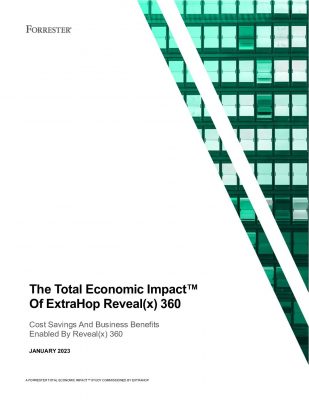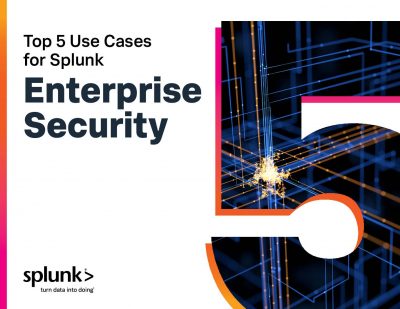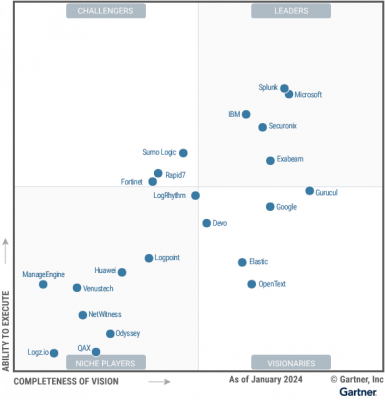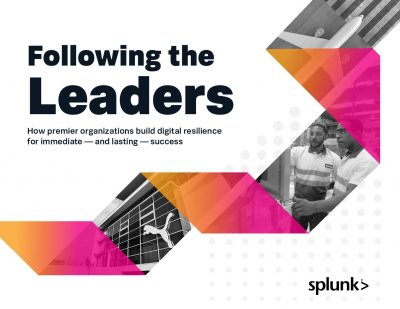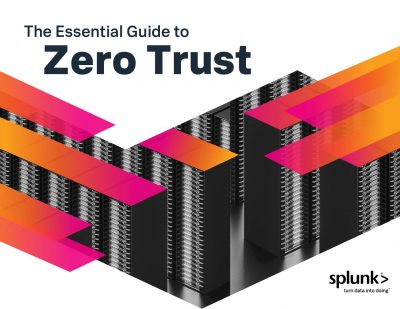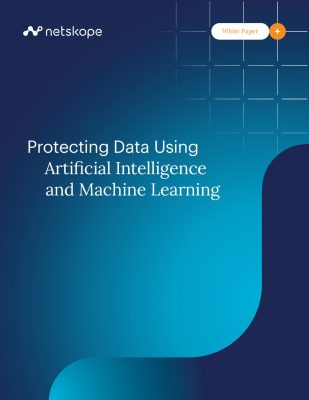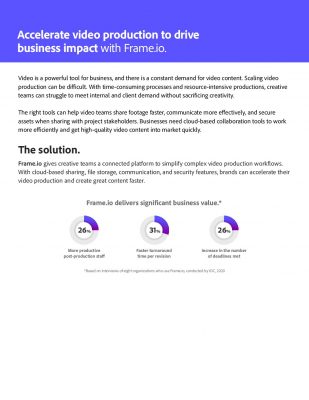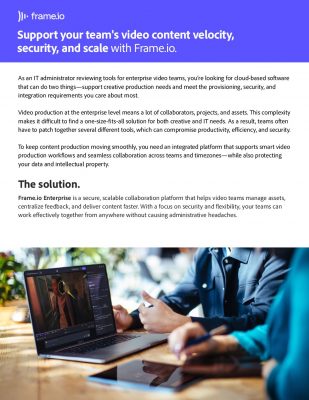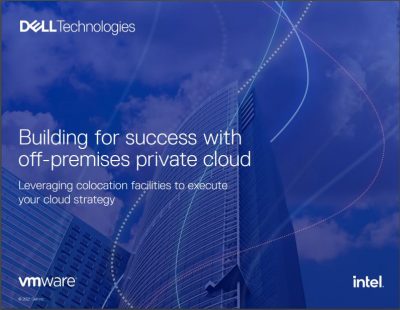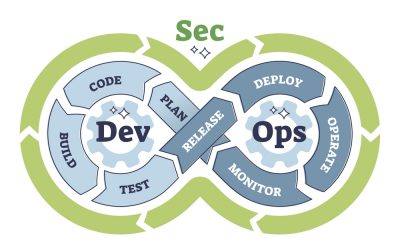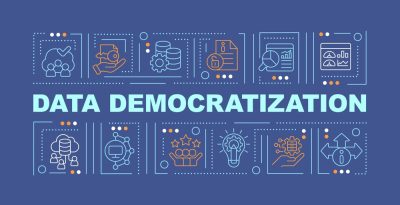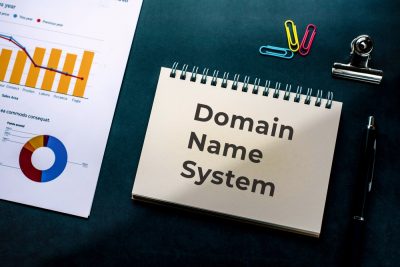Highlights:
- Implementing federated data governance entails your central IT team establishing reporting, authentication, and compliance standards for the mesh.
- When sele cting a cloud provider, prioritize one with robust data management services to support your data mesh framework.
As per a Statista report, the world is experiencing an unprecedented surge in data generation, with a rapid forecasted rise to 64.2 zettabytes of data in 2020. This immense pool of consumer data holds the key to understanding and serving customer needs effectively. However, traditional data management needs help to keep pace, leading to performance and flexibility issues.
That’s where the emerging concept of a data mesh framework comes in. It offers a fresh approach to handling data, addressing these challenges, and providing more efficient solutions.
In this article, we will delve into the construction of a mesh, discuss its implementation, and explore various use cases for this technology.
How Do You Build A Data Mesh Framework In Your Organization?
Data meshes are relatively new and started gaining attention after the pandemic. Many organizations are exploring various technologies to create meshes tailored to their needs. However, widespread adoption of enterprise mesh is still uncommon. While there’s no one-size-fits-all approach to implementing a data mesh framework, here are some recommendations to get you started:
-
Analyze your existing data
Before constructing a data mesh framework, cataloging your existing data and pinpointing the pertinent business domains is crucial. Adhering to harmonization guidelines ensures effective data correlation across these domains. This might involve establishing universal standards for field type formatting, metadata fields, and data product address conventions.
-
Implement global data governance policies
Implementing federated data governance entails your central IT team establishing reporting, authentication, and compliance standards for the mesh. It’s also necessary to set up detailed access controls that data product owners can implement when hosting their datasets.
While data producers determine and assess data quality, central governance policies guide their choices.
-
Build your self-serve data platform
Your self-serve data platform must possess versatility, allowing individuals to construct domain-specific data products effortlessly. It should effectively abstract the inherent technical intricacies and deliver infrastructure components in a self-service model. Consider the following essential capabilities:
- Data product schema
- Data encryption methods
- Governance and access control
- Data product logging and monitoring
- Data product discovery, such as catalog publishing or registration
- Caching for improved performance
You can also build automation, such as scripts and configurations, to lower the lead time to create data products.
-
Choose the right technologies
Traditional storage systems (e.g., data warehouses and data lakes) can fuel your mesh by transforming them from monolithic structures into decentralized data repositories. Embracing cloud platforms and related technologies is essential to data mesh framework adoption, as they offer cost savings and simplify mesh creation.
When selecting a cloud provider, prioritize one with robust data management services to support your data mesh framework. Don’t forget to assess data integration needs with your legacy systems.
-
Start an organization-wide cultural shift
Today, we have the technology and tools to build a mesh with multiple data products easily. The shift towards unifying batch and streaming data is now simpler with tools like Amazon EMR. However, expanding your mesh beyond small projects requires a paradigm shift away from the centralized data architectures of the past, emphasizing:
- Data discovery and usage over-extraction and loading
- Real-time data processing over high-volume batch processing at a later date
- Distributed data product ownership above central data platform architecture
Data technology typically dictates architectural choices. However, a mesh shifts these dynamics, placing domain data products at the core to steer technology decisions.
While understanding the principles of building a data mesh framework is crucial, it’s the actual execution that empowers you to leverage data to its fullest extent.
How Do You Implement A Data Mesh Framework in Your Organization?
Integrating a data mesh framework can streamline data operations, accelerate insights, and promote cross-functional collaboration. Yet, a well-planned approach is crucial for a seamless transition. Below are the steps that organizations can follow when implementing a data mesh:
-
Define your goals and objectives
To implement a data mesh, set clear goals and objectives. Establish a roadmap with measurable success criteria to align data mesh initiatives with organizational objectives. Additionally, identify potential roadblocks or challenges to plan proactively and mitigate obstacles.
-
Identify domain-driven teams
Next, analyze your current team structures to identify domain-driven teams. This analysis provides insights into your organization’s composition, strengths, and weaknesses, allowing you to assign teams according to their domain expertise.
Map business functions to data domains to determine which teams are responsible for specific data sets and processes. This mapping clarifies each team’s role and responsibilities in the broader ecosystem of distributed data management.
-
Establish data product ownership
Clearly defining ownership roles and responsibilities is essential when establishing data product ownership. Assigning product owners to oversee specific domains ensures a focused approach to accountability and decision-making. This role clarity promotes efficiency and empowers cross-functional teams to take ownership of their respective areas within the data mesh framework.
-
Build self-serve data infrastructure
To create a self-serve data culture and empower cross-functional teams in distributed data management, organizations should concentrate on:
- Designing scalable data architectures capable of handling large volumes of diverse datasets efficiently.
- Implementing effective data access patterns and application programming interfaces (APIs) enables seamless retrieval and manipulation of data.
- Enabling self-service provisioning of resources, empowering teams to independently acquire the required computing power, storage, and tools.
These initiatives not only boost productivity but also nurture a collaborative environment where teams can harness the potential of data without unnecessary reliance on others.
-
Implement federated computational governance
Establishing data-sharing and collaboration policies is pivotal in implementing federated computational governance. Well-defined guidelines and procedures enable efficient data exchange and cross-domain collaboration, ensuring that relevant information is accessible to appropriate teams and enhancing effective decision-making and innovation.
Promoting a culture of transparency, trust, and accountability is fundamental for the successful execution of federated computational governance. Here are some illustrative examples:
- Establishing open forums where teams can openly discuss data-related challenges and exchange best practices.
- Promoting collaboration across various groups within the organization through initiatives like hackathons or workshops.
- Implementing comprehensive data management standards encompassing coding practices, documentation, and version control.
But what are some of the use cases of a data mesh framework?
While distributed data mesh framework architectures are still gaining adoption, they are proving invaluable in helping teams achieve scalability in common big data use cases. These include:
- Business intelligence dashboards: When teams embark on new projects, they often need tailored data views to assess project performance. Data mesh architectures promote flexibility and customization by enhancing data accessibility for data consumers.
- Automated virtual assistants: Many businesses utilize chatbots to support call centers and customer service teams. Distributed data architecture ensures that virtual agent systems can access a broader range of data assets to address frequently asked questions.
- Customer experience enhancement: Leveraging customer data empowers businesses to gain deeper insights into user behavior, enabling more personalized experiences. This is applicable across various industries, from marketing to healthcare.
- Machine learning projects: Standardizing domain-agnostic data simplifies the process for data scientists to integrate data from diverse sources. This streamlined approach reduces data processing time, expediting models’ transition into production and advancing automation objectives.
Concluding Lines
The concept of a data mesh framework transforms how organizations manage and utilize their data. Organizations can fully harness the power of data by following the principles of data analysis, strong governance, self-serve platforms, the right technology choices, and a cultural shift.
Setting clear objectives, forming domain-driven teams, establishing ownership, creating self-serve infrastructure, and implementing governance are key steps when implementing a mesh. This approach has applications in business intelligence, virtual assistants, customer experiences, and machine learning projects. Embrace the data mesh to unleash the full potential of your data.
Dive into the world of data with our comprehensive data-related whitepapers.


